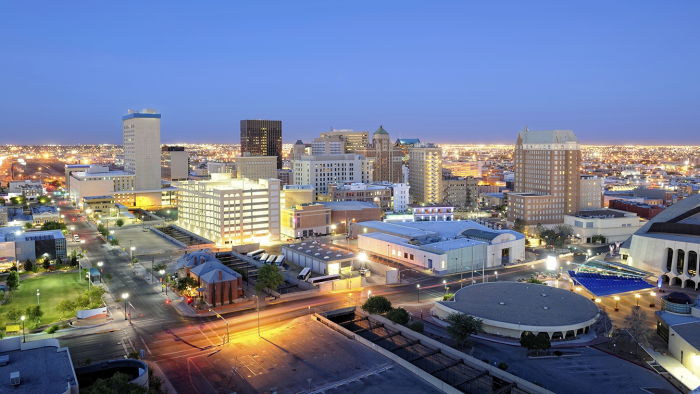 Is the distinction between working in municipal, state/provincial or federal government an ever-narrowing focus to smaller geographical areas and more localized issues? No.
Is the distinction between working in municipal, state/provincial or federal government an ever-narrowing focus to smaller geographical areas and more localized issues? No.
Consider this: cities are the economic engines of a country. Innovation, research and technological progress come from cities. The home of the knowledge economy is increasingly in large urban centres, and their resources are the creativity, ideas and innovation of their citizens.
Cities around the world are making massive investments to compete for talent and investment. In a fast-changing global landscape, the job of municipal administrators is to keep pace and develop cities that are dynamic, exciting places to live and have strong economies; the type of cities that will attract investment and generate wealth.
What keeps municipal government exciting is that we don’t yet know who some of our competitors will be. By 2025, 136 new cities are expected to enter the top 600, all of them from the developing world: 100 new cities from China, 13 in India and eight from Latin America (McKinsey Global Institute, Urban World: Mapping the Economic Power of Cities, 2011). These new emerging cities have the advantage of building everything from the ground up to suit the future.
There is a direct relationship between public investment in cities and the appeal of cities to investors and highly skilled workers. Investments in public infrastructure, culture and education transform good cities to great cities. They attract newcomers who are looking for a high quality of life.
Edmonton has made substantial infrastructure investments in the past few years; $9 billion between 2008 and 2014. Our focus is on mass transit, building communities and strengthening our downtown core.
At the City of Edmonton, we have set six strategic goals to transform our urban form, improve our city’s livability, shift our transportation mode, preserve and sustain our environment, diversify our economy and ensure our financial sustainability.
These goals are all interdependent. Infrastructure, social priorities and day-to-day service delivery need to work together for us to achieve our goals.
One example is a new walkable, transit-oriented, sustainable urban residential community Edmonton is developing. We have the rare opportunity of a site adjacent to our downtown core that has come available for redevelopment. The Blatchford community, named for its original use as a municipal airstrip, will be a carbon-neutral community designed to use less heat, power and water. Designed for 30,000 residents it will incorporate park space and business space.
It is true that municipal government is the order that is most directly connected to the people we serve. Citizens use municipal services many times a day, every day – roads, public transit, waste collection, drainage and sewers. It’s an A-Z, 24/7 business.
The choice to enter a career in municipal government does not mean choosing to narrow your focus, it means expanding your field of vision across the globe. It means building the local with a full understanding of global.


